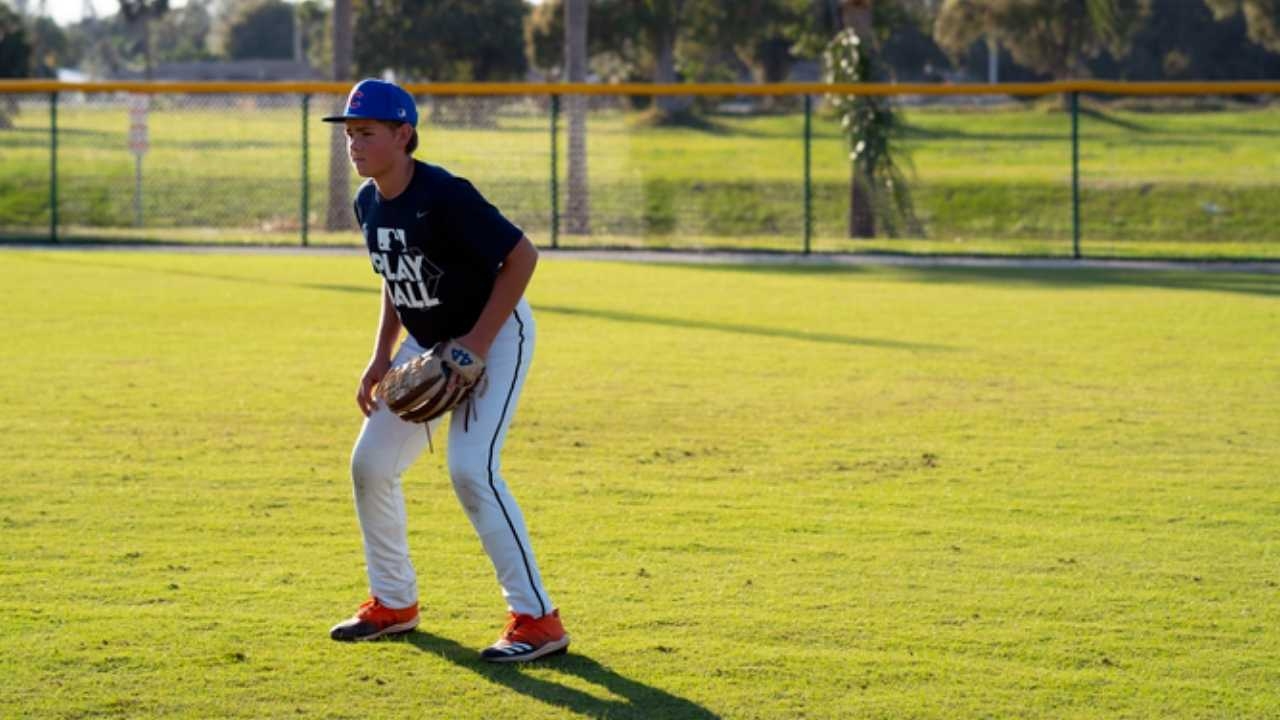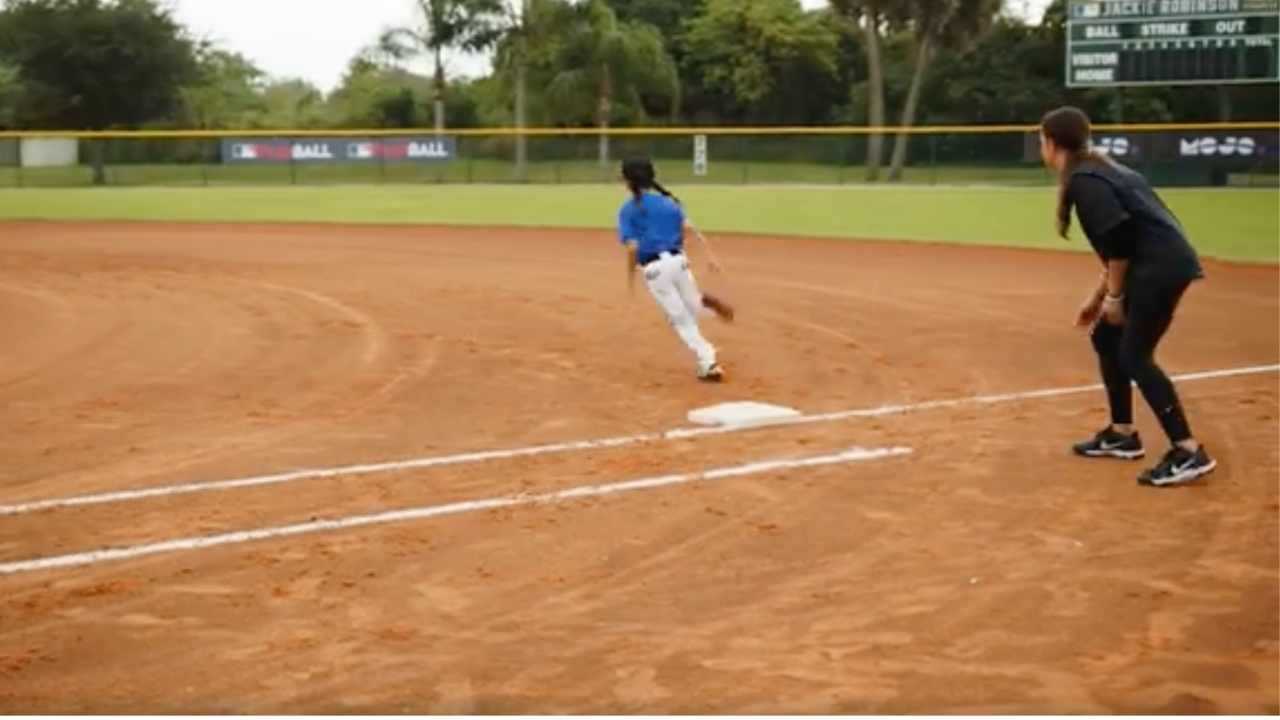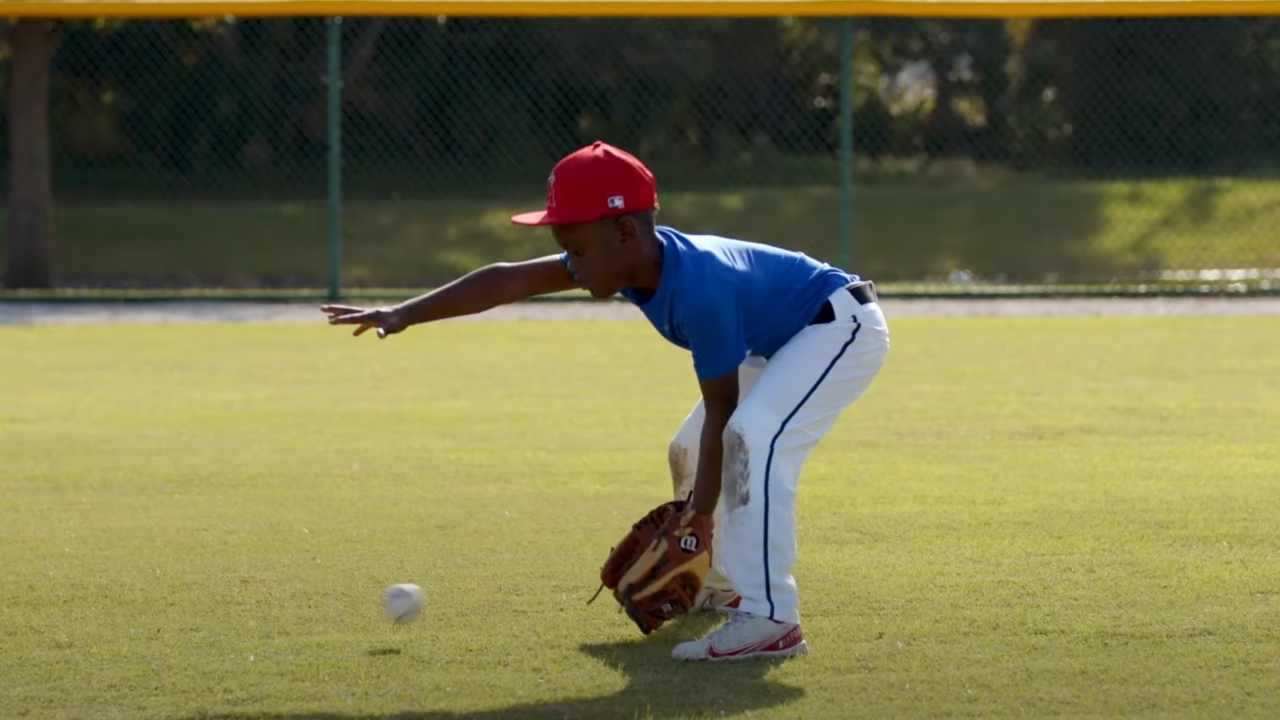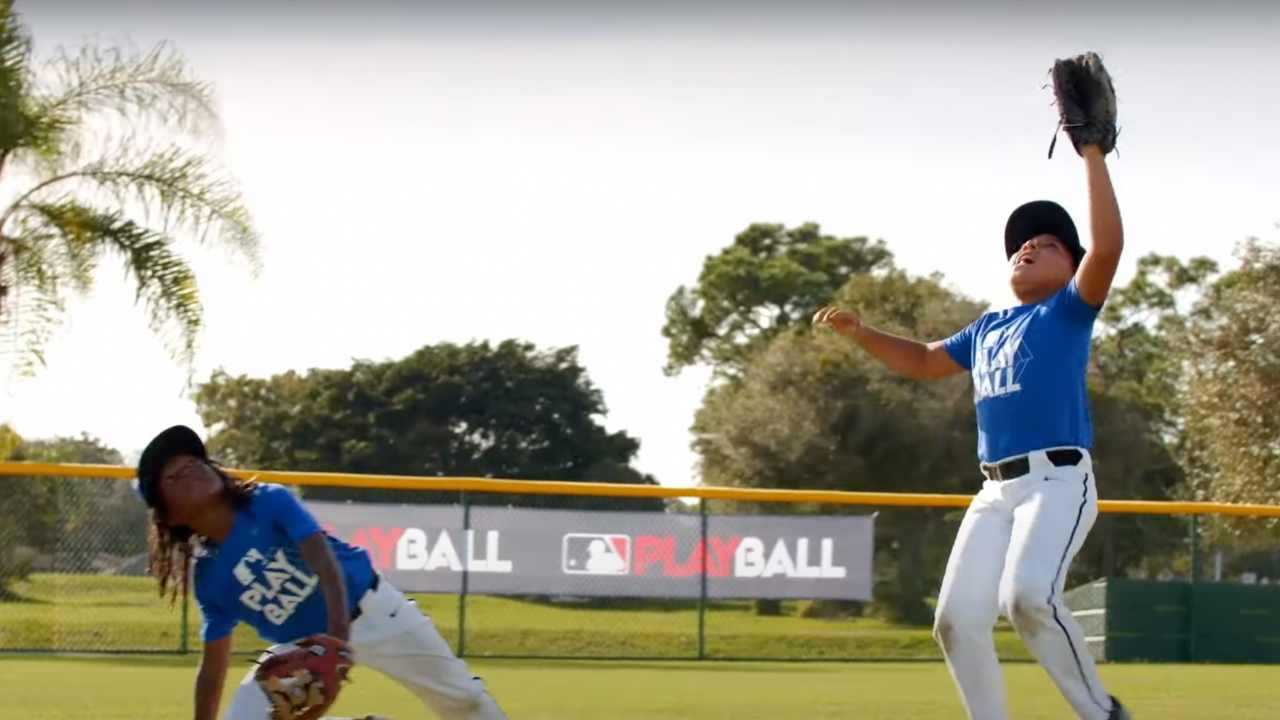What Is Ready Position?
Because baseball and softball games can shift in an instant
Sue Pierce
| 3 min read

Watch any youth baseball or softball game and you’ll hear coaches yelling “ready position!” — constantly.
What is “ready position” and why do players need to be reminded so often? If you’ve spent any time watching kids zone out in right field, you know the answer.
Here’s the scoop for everyone else.
The purpose of ready position
The number one reason for ready position is to get defensive players to focus. Baseball and softball can be slow. It’s no secret that it’s difficult for kids to pay attention. Squirrel!
When a coach yells “ready position!” it’s a call for every player — all 18 or 20 eyeballs — to look at home plate. “The ready position is a mantra, a movement, a habit to create athlete focus,” says Dan Keller, a longtime baseball coach also known as Dugout Captain. It sets kids up to successfully make a play and protect themselves.
The position itself
Kids should have their knees slightly bent and set wide, outside of the shoulders. It’s common to see young players squat too far down.
“It’s not as deep as a ground ball position. Knees aren’t all the way bent,” says Keller. “You’re not sitting down, getting fatigued. You’re just getting prepared.”
Keller likes to tell his players to show their palms to home plate. Gloves and fingers should be pointed toward the ground, below the belt.
Now, they’re ready for anything.
Be realistic
Should a tee ball player be expected to focus for 60 minutes straight? No way. The games of baseball and softball are played in three to five second bursts of activity anyway. Practicing focus in those bursts is a great way to get kids used to the rhythm of the game – and establish realistic goals.
Ask the kids to focus for a couple seconds, then relax. Take deep breaths. Then back to a focus burst.
Give them something to think about
You can also point out what’s going on after each moment of focus. Or swap “ready position” with a question. Where’s the play? How many outs? Maybe the pitch count changed. There’s a new player on base. A new hitter at the plate.
“It’s super fun to think about just how much changes for each of those focus bursts,” says Keller.
Make it visual
Drawing focus circles in the dirt is another way to dial in kids’ attention spans and break up the monotony of a sleepy game. Kids step into their circles when it’s time to focus. Have them step out to relax, give their bodies a shake, watch a squirrel. Then back in the circle for the next pitch. This simple movement can keep them engaged.
Keep it fun
As a coach, you’re going to be constantly reminding your players to be ready – so why not have fun with it? Come up with something silly and memorable. Yell “gorilla stomp” to get kids to do a big one-two stomp and then focus. Dinosaurs work great in that scenario, too. If that’s too babyish, try a call and response with your team name. You say “Dodgers!” they say “Ready!” Find a mantra that resonates with the kids and you’re off to a strong start.
Dan Keller is part of MOJO’s Partnerships & Strategy team.




